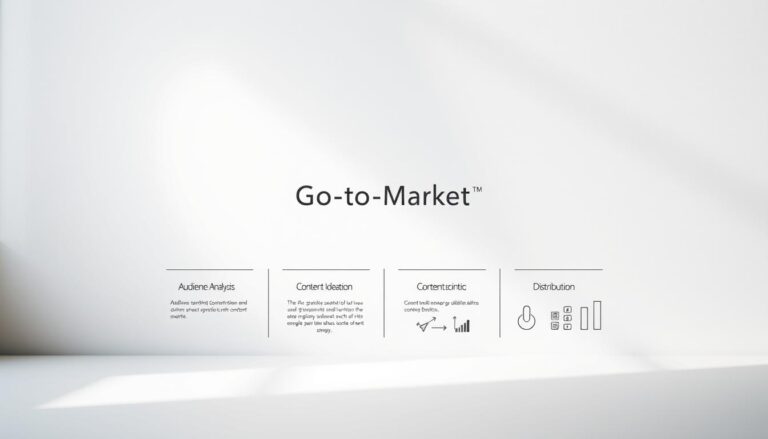One of the most important aspects of marketing is getting to know your targeted audiences. Even when you first start out, knowing the general audience you are targeting will make your efforts much more effective. The most frequent reason for low conversion rates is poor audience targeting.
The good news is that you probably already have all the information you need to target your customers effectively. You just need to do a few simple things to make that information truly useful. Because although we have already talked about putting the relationship back in customer relationship management (CRM) we also need to talk about the customer aspect of CRM.
If you build relationships, but with the wrong audience, your marketing will not only be ineffective, it will be a waste of time. Here is how to put the customer back in CRM.
Social Conversations (Data Collection)
Effectively what you are doing is first continuously gathering information on your audience and your potential customers. How do you do this?
- Social Listening: Monitor mentions, ats, retweets, messages, and more on social platforms. Also, set up Google search alerts for your company, your name, your industry, and more. Find out what people are searching on Google and other search engines that might be related to what you are doing.
- Use Social Tools: it is not just about using social tools but also finding the ones that are right for you. They should allow for some automation (although be careful with this) but also should also offer effective analytics.
- Focus on Useful Social Networks: Besides the usual Facebook, LinkedIn, Instagram, Pinterest, and more there are also several business networking sites and apps. Are they all worth it? No. Focus your efforts on the ones that work best for you.
This process is just the tip of the iceberg though. It is about continually collecting data, but it is what you do with it after that that matters.
In this process of collecting social data, remember that social media is about being social. That means having actual conversations, not just posting links to your work, and having personal and meaningful interactions with your customers and your prospects.
But social data is not the only data you have access to. You have industry data, available through competitor analysis, enterprise data that you have gathered from your own website interactions, and even more general data like census and demographic data. What do you do with it next?
Avoiding Analysis Paralysis
Once you have data, you will, of course, need to analyze it, and a good CRM will help you do that. This lets you know two things rather quickly. First, is your marketing targeting the actual customers who are coming to your website and interacting with you on social media? The next step is to determine what that means.
If you are reaching the right audience, congratulations, your marketing is spot on, and you can keep doing what you are doing, modifying it as your customers’ needs and wants change, a part of the relationship you have with them. If you are not reaching the audience you targeted initially, you have two possible options.
- Your targeting is wrong, and you need to shift your marketing to target the people you are actually reaching, who may be your true audience.
- Your targeting is right, your marketing approach is wrong, and you need to determine how to shift the work you are doing to target your desired audience.
Analysis can help you determine which of these is true, and how to best move forward. The key, however, is to avoid analysis paralysis.
The reason? You have so much data on your customers, it can be overwhelming, and this often results in indecision about what to do next. However, your customers are waiting, and if you are going to better target them, you need to use your CRM to take action. Start small, and take one step at a time, and you will be running before you know it.
Personalized Experiences
The result of all of this is that you create personalized experiences for your customers. This web personalization is the future, and it traces its roots back to your CRM and the data you have about your customer.
Without a good CRM, it is easy to forget details or get things wrong when it comes to personalization. However, if you have gathered the right data and analyzed it correctly, the action that comes out of your CRM can be an extremely personalized and satisfying experience for your customer. Every interaction you have with them helps you to get to know them better, and as a result, your relationship grows stronger.
With just a little bit of effort, you are putting the customer back in your customer relationship management system.
Creating Brand Ambassadors
What does all this mean in the long run? That by putting the customer back in your CRM, by collecting and analyzing data and applying it, you are creating brand ambassadors. Truth be told, no matter how much networking you do, no matter how many conferences you attend, you will never know enough people to sell enough of your product or service to make a large enough profit to survive. You need others to spread the word for you.
This can happen through paid ads, but word of mouth is still the best marketing, and with social media, the reach of your customers is even wider than it was before. Brand ambassadors mean everything to your business, and the key to getting started lies in your CRM system.
The truth is, you need a personalized, custom CRM in order for it to be truly effective. No two businesses are exactly alike. A unique CRM will increase your company’s efficiency and by default, your revenue. Have questions about how to get started and exactly what your company needs? Contact us here at SixtySixTen for a free consultation. We would be happy to help you determine what will work best for your business.



